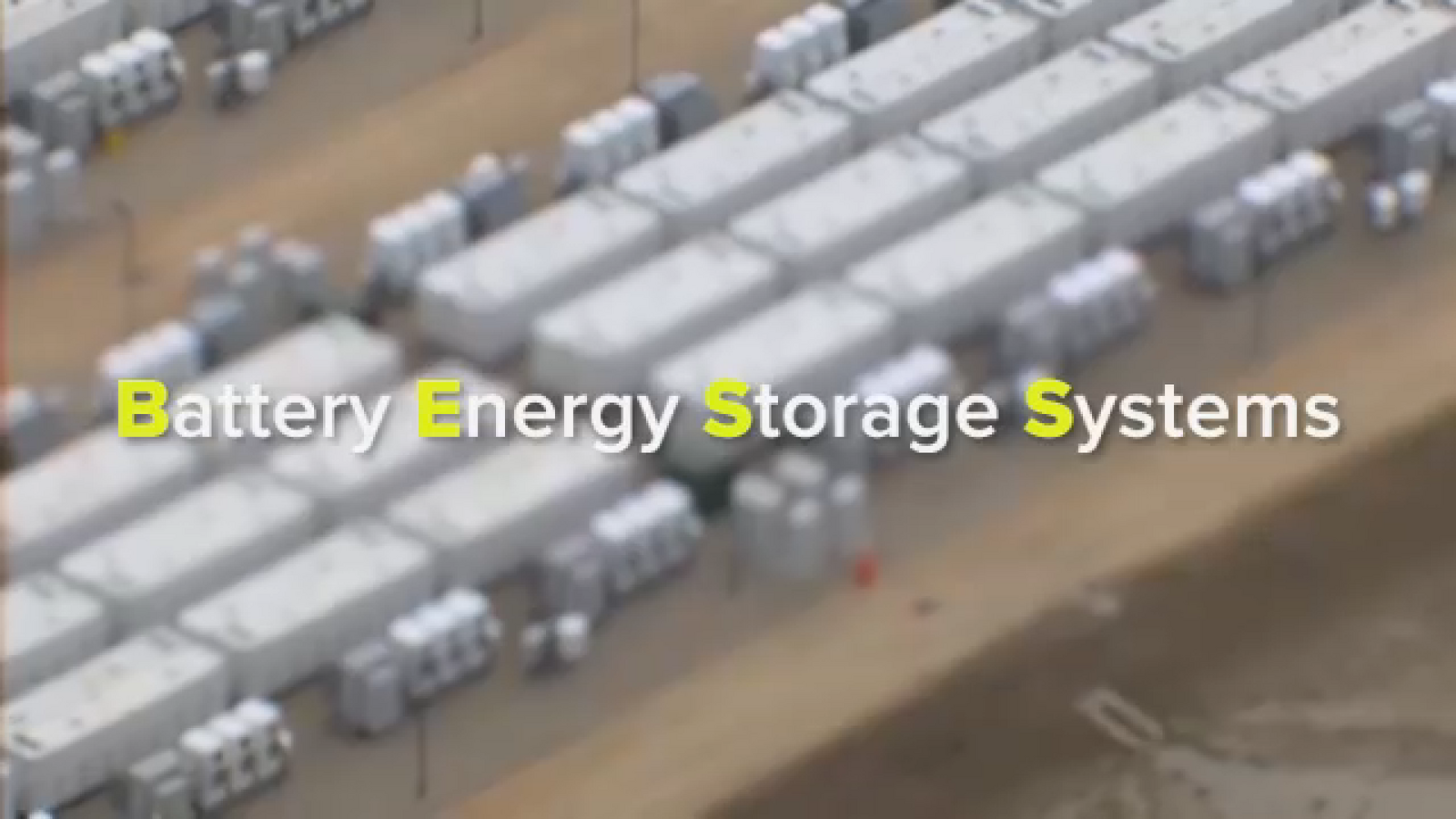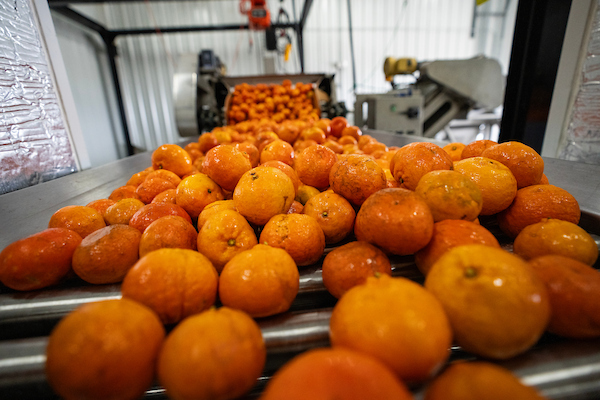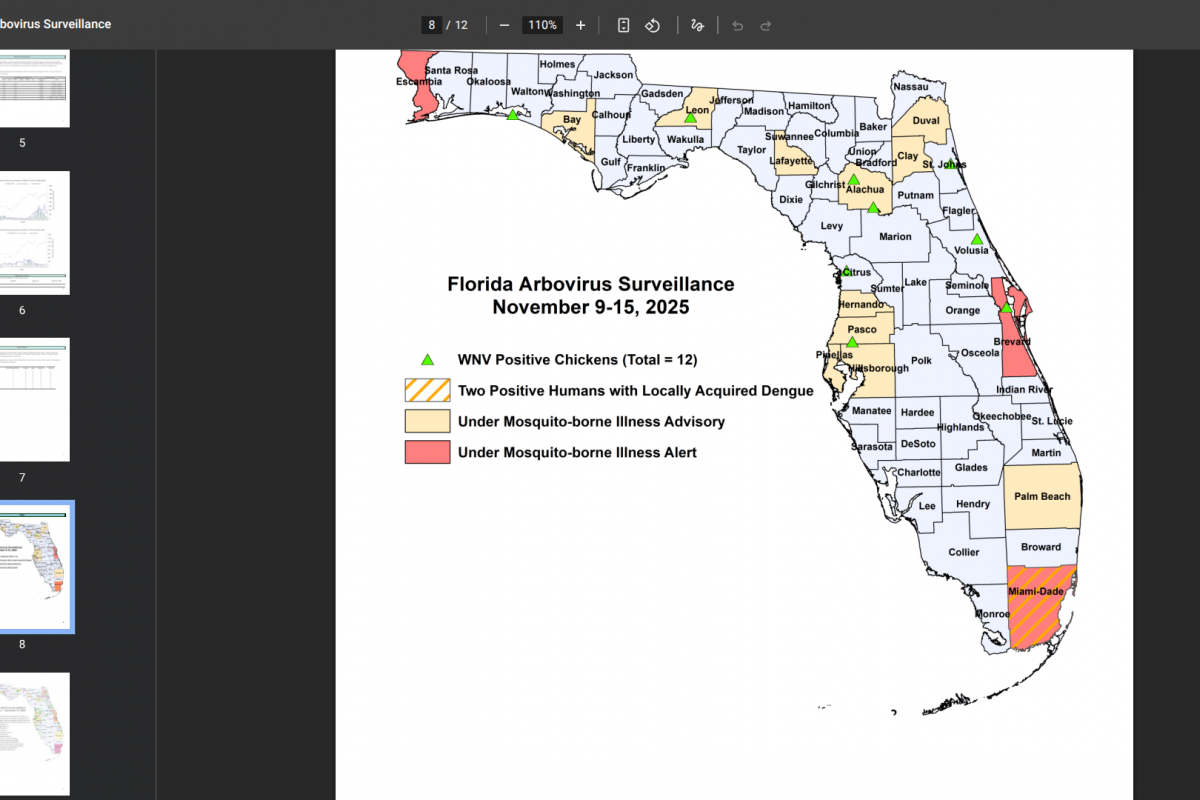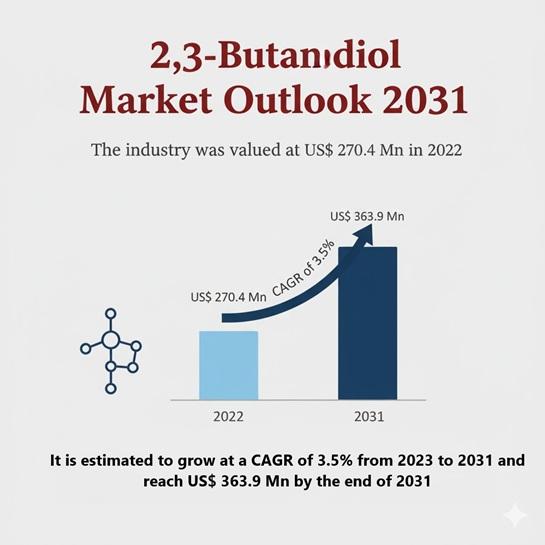Georgia’s Manufacturing Growth Charges Regional Battery Industry Development – Center for Climate and Energy Solutions
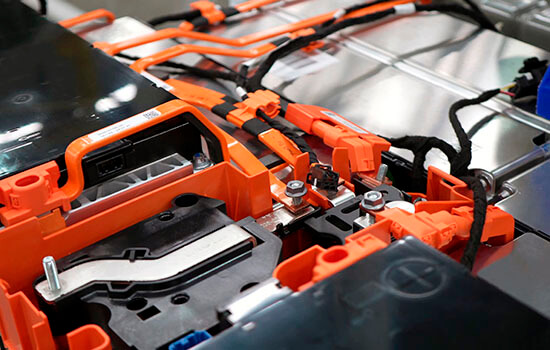
Report on the Southeast U.S. Battery Supply Chain and Sustainable Development Goals
This report outlines the strategic development of the electric vehicle (EV) and battery supply chain in the Southeastern United States, with a particular focus on Georgia’s leading role. The analysis emphasizes the industry’s alignment with and contribution to several key United Nations Sustainable Development Goals (SDGs).
Strategic Importance and Regional Economic Growth
Alignment with SDG 8: Decent Work and Economic Growth
Georgia has become a central hub for the Southeast’s battery supply chain, directly contributing to sustainable economic growth. This development is evidenced by:
- Over $27.3 billion in announced investments in electric mobility manufacturing since 2018.
- Major manufacturing facilities established by global corporations, including Kia, Hyundai, and Rivian.
- The creation of a robust regional economic ecosystem, attracting suppliers and fostering job creation across neighboring states.
Alignment with SDG 9: Industry, Innovation, and Infrastructure
The region is actively building resilient infrastructure and fostering innovation to support a comprehensive, end-to-end battery supply chain. This initiative supports SDG 9 by:
- Establishing large-scale final assembly plants, which serve as anchors for the industry.
- Encouraging regional specialization in different segments of the value chain, including mineral sourcing, mid-stream manufacturing, and battery recycling.
- Creating a cluster for new technology development and industry growth, enhancing the region’s industrial capacity.
Stakeholder Collaboration and Key Development Themes
A roundtable co-hosted by C2ES and the Georgia Tech Strategic Energy Institute convened over 45 regional stakeholders. This collaborative effort, in line with SDG 17 (Partnerships for the Goals), identified critical themes for ensuring the industry’s long-term success and sustainability.
Theme 1: Workforce Development for Inclusive Growth
The long-term potential of the industry is contingent upon a skilled workforce, directly addressing SDG 8 (Decent Work and Economic Growth) and SDG 4 (Quality Education).
- Challenge: The battery sector presents new career pathways that may be unfamiliar to the current workforce.
- Recommendation: Strengthen partnerships between industry and technical colleges to create direct training opportunities.
- Recommendation: Launch educational campaigns to raise awareness among students about career opportunities in advanced manufacturing and innovation.
Theme 2: Fostering Innovation and Commercialization
Bridging the gap between laboratory research and commercial application is essential for advancing SDG 9 (Industry, Innovation, and Infrastructure).
- Challenge: A lack of early-stage investment and clear commercialization pathways hinders the translation of new technologies from research institutions to the market.
- Recommendation: Cultivate more integrated partnerships between industry and research institutions.
- Recommendation: Educate investors on the Southeast’s battery industry landscape to attract capital for scaling new technologies.
Theme 3: Policy Support for Sustainable Production
Achieving global competitiveness requires near-term policy support that promotes sustainable manufacturing practices, aligning with SDG 12 (Responsible Consumption and Production) and SDG 7 (Affordable and Clean Energy).
- Challenge: New domestic facilities must compete with established global producers who benefit from economies of scale and lower input costs.
- Recommendation: Provide manufacturers with access to low-cost renewable energy to reduce operational expenses and carbon footprint.
- Recommendation: Offer preferential funding and support for the adoption of high-volume, automated manufacturing processes to enhance efficiency and competitiveness.
Conclusion: A Policy Roadmap for a Sustainable Future
Insights gathered from a series of regional roundtables will inform a comprehensive policy roadmap. The forthcoming regional summit will aim to translate these recommendations into actionable strategies, ensuring the development of a secure, resilient, and sustainable U.S. battery materials supply chain that actively contributes to achieving the Sustainable Development Goals.
Which SDGs are addressed or connected to the issues highlighted in the article?
Analysis of Relevant SDGs
- SDG 7: Affordable and Clean Energy: The article connects to this goal by mentioning the need to provide manufacturers with “access to low-cost renewable energy.” This supports the transition to cleaner energy sources within the industrial sector. Furthermore, the entire industry discussed—electric vehicles (EVs) and batteries—is a cornerstone of the global transition to cleaner energy in transportation.
- SDG 8: Decent Work and Economic Growth: This is a central theme. The article highlights over “$27.3 billion in investments,” “significant job creation,” and the development of “new career pathways in advanced manufacturing.” The focus on “workforce development” through engagement with technical colleges directly addresses the need for skilled labor and decent jobs to support this economic growth.
- SDG 9: Industry, Innovation, and Infrastructure: The article is fundamentally about building a resilient industrial infrastructure. It discusses the development of an “end-to-end battery supply chain,” attracting “large scale final assembly plants,” and building out an “industrial base for battery material manufacturing.” It also emphasizes innovation by pointing out the need to bridge gaps in the “translation of new technologies from concepts developed in a lab to real-world companies.”
- SDG 11: Sustainable Cities and Communities: The growth of the EV manufacturing industry directly supports the goal of creating sustainable transportation systems. By producing “electric mobility products,” the industry contributes to reducing urban pollution and creating more sustainable communities, even though the article’s focus is on the manufacturing side.
- SDG 17: Partnerships for the Goals: The article exemplifies this goal through its description of collaborative efforts. It details a roundtable co-hosted by C2ES and the Georgia Tech Strategic Energy Institute, which brought together “over 45 stakeholders from the Georgia and across the Southeast” to develop a “policy roadmap” and “turn ideas into action.” This multi-stakeholder approach is crucial for achieving the other goals.
What specific targets under those SDGs can be identified based on the article’s content?
Identification of SDG Targets
- Target 7.2: By 2030, increase substantially the share of renewable energy in the global energy mix. The article identifies this target by suggesting that providing “access to low-cost renewable energy” is a key policy support needed for new battery manufacturing facilities to be competitive.
- Target 8.2: Achieve higher levels of economic productivity through diversification, technological upgrading and innovation. The article points to this target through its focus on the “rapid growth in manufacturing” of high-tech products like EVs and batteries, which represents a significant technological upgrade for the regional economy.
- Target 9.2: Promote inclusive and sustainable industrialization and, by 2030, significantly raise industry’s share of employment and gross domestic product. The article’s entire narrative about Georgia becoming a “region’s leader in electric vehicle (EV) manufacturing investment” and building an “industrial base for battery material manufacturing” aligns directly with this target.
- Target 9.5: Enhance scientific research, upgrade the technological capabilities of industrial sectors…and encourage innovation. This is identified in the discussion about the need for “more integrated partnerships between industry and research institutions” to facilitate the “commercialization of newly developed technologies” emerging from Southeast research institutions.
- Target 11.2: By 2030, provide access to safe, affordable, accessible and sustainable transport systems for all. The investment in manufacturing “electric mobility products” is a direct contribution to the supply side of achieving this target, making sustainable transport options more widely available.
- Target 17.17: Encourage and promote effective public, public-private and civil society partnerships. The article explicitly describes such a partnership, detailing how C2ES (a civil society organization) co-hosted a roundtable with Georgia Tech (an academic institution) and over 45 industry stakeholders to “support regional development” and build a “path forward.”
Are there any indicators mentioned or implied in the article that can be used to measure progress towards the identified targets?
Analysis of Mentioned and Implied Indicators
- Dollar value of investment in sustainable industries (Indicator for SDG 8 & 9): The article explicitly states that “Since 2018, Georgia has announced over $27.3 billion in investments to manufacture electric mobility products.” This is a direct quantitative indicator of economic growth and industrial development.
- Number of jobs created in the green economy (Indicator for SDG 8): While not providing a specific number, the article repeatedly mentions that the industry’s growth stands to “gain significant job creation and economic benefits,” implying that the number of new jobs is a key metric of success.
- Number of public-private-academic partnerships formed (Indicator for SDG 17): The article describes the C2ES and Georgia Tech roundtable as an event that “brought together over 45 stakeholders.” It also mentions a series of “four roundtables” and a future “regional summit,” which can be counted as indicators of partnership and collaboration.
- Investment in workforce development and training (Indicator for SDG 8): The article implies this indicator by highlighting the need to “build on its existing workforce development programs” and for industry to “engage with technical colleges to identify more direct opportunities to support training.” Measuring the funding and enrollment in such programs would be a relevant indicator.
- Share of renewable energy in industrial consumption (Indicator for SDG 7): This is implied by the recommendation to provide manufacturers with “access to low-cost renewable energy.” Measuring the percentage of energy used by these new facilities that comes from renewable sources would be a direct way to track progress.
SDGs, Targets and Indicators Identified in the Article
| SDGs | Targets | Indicators |
|---|---|---|
| SDG 7: Affordable and Clean Energy | 7.2: Increase substantially the share of renewable energy. | Implied: Share of renewable energy provided to and consumed by new manufacturing facilities. |
| SDG 8: Decent Work and Economic Growth | 8.2: Achieve higher levels of economic productivity through technological upgrading and innovation. | Mentioned: Over $27.3 billion in investments in electric mobility. Implied: Number of new jobs created in advanced manufacturing; Number of students in technical training programs. |
| SDG 9: Industry, Innovation, and Infrastructure | 9.2: Promote inclusive and sustainable industrialization. 9.5: Enhance scientific research and upgrade technological capabilities. |
Mentioned: Establishment of new manufacturing facilities (Kia, Hyundai, Rivian). Implied: Number of commercialized technologies from research institutions. |
| SDG 11: Sustainable Cities and Communities | 11.2: Provide access to sustainable transport systems for all. | Implied: Number of electric vehicles and batteries manufactured. |
| SDG 17: Partnerships for the Goals | 17.17: Encourage and promote effective public, public-private and civil society partnerships. | Mentioned: Number of multi-stakeholder roundtables held (four); Number of stakeholders engaged (over 45). |
Source: c2es.org
What is Your Reaction?
 Like
0
Like
0
 Dislike
0
Dislike
0
 Love
0
Love
0
 Funny
0
Funny
0
 Angry
0
Angry
0
 Sad
0
Sad
0
 Wow
0
Wow
0
































